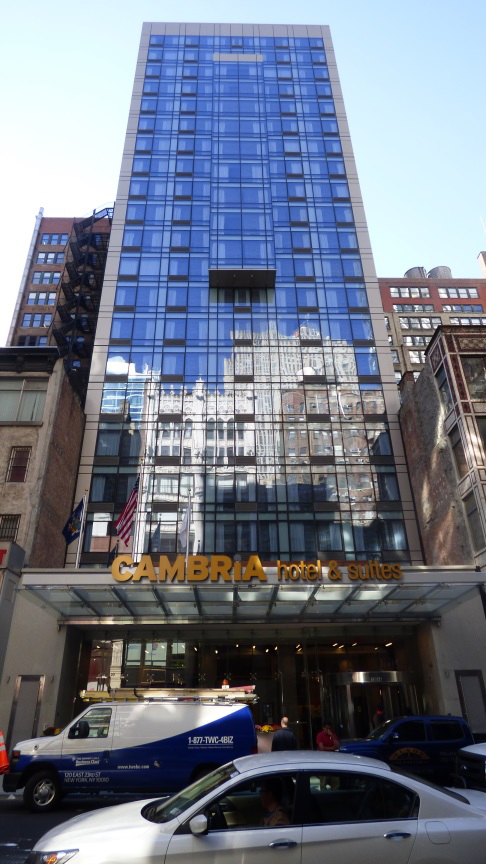News:
Green Buildings
Posted: May 21, 2012
Green building: There's no escaping it
Since 2007, the Bloomberg administration has been pushing New York City to be "greener and greater" through the implementation of PlaNYC. PlaNYC recognizes that in order for the city to thrive, it must accommodate a growing population, invest in and maintain its infrastructure, enhance its economic competitiveness, and improve the quality of its air and water, while reducing the city's contributions to the greenhouse gases that cause climate change as well as preparing for its effects.
A significant part of PlaNYC requires more "green building" in the city. In New York City, energy used in buildings accounts for 75% of the greenhouse gas emissions and 85% of the water use. Green buildings use energy and water more efficiently, contain fewer toxic materials, and contribute to an improved outdoor environment by increasing vegetation, combating urban overheating, and managing stormwater.
As part of PlaNYC, mayor Bloomberg and city council speaker Quinn charged the Urban Green Council, the New York City Chapter of the U.S. Green Building Council, to establish a group of industry leaders to identify impediments to green building in the city's codes, and recommend cost-effective code enhancements or new green building code requirements. Thus, in 2008, the NYC Green Codes Task Force was established and subsequently released 111 recommendations aimed at ensuring that NYC's real estate industry is a national leader in green building and the "clean tech" economy.
In the two years since those city code recommendations were made, 29 of them have already been incorporated into city laws and practices, positively influencing energy consumption, water conservation, air quality, public health, and use of recycled materials. As the Urban Green Council's February 2012 Anniversary Report points out: "Greening the codes is good for health, energy costs, and the environment, but it's also essential if New York is to remain a competitive center for jobs and innovation."
NYC's efforts to green its codes over the past two years are bolstered by a recent MIT Sloan Management Review Report which found that corporate sustainability programs grew markedly in 2011. Two-thirds of those managers surveyed saying that sustainability-related business strategies are necessary to competitive in today's market. Given that and the fact that PlaNYC's green building codes could save $400 million in energy costs by 2030, there doesn't seem to be any question that green building is the wave of the future.
James Periconi, Esq., is the founder, and Abigail Jones, Esq., LEED AP, is an associate attorney at Periconi, LLC, New York, N.Y.
Tags:
Green Buildings
MORE FROM Green Buildings
IREON Insights: DURA Architectural Signage manufactures and delivers over one million signs
Long Island City, NY Since its founding in 1955, IREON member DURA Architectural Signage has proudly manufactured and delivered more than one million signs to clients across a wide range of industries. From architectural interior signage to large-scale exterior installations, their work can be seen in corporate








.gif)


.jpg)
.gif)